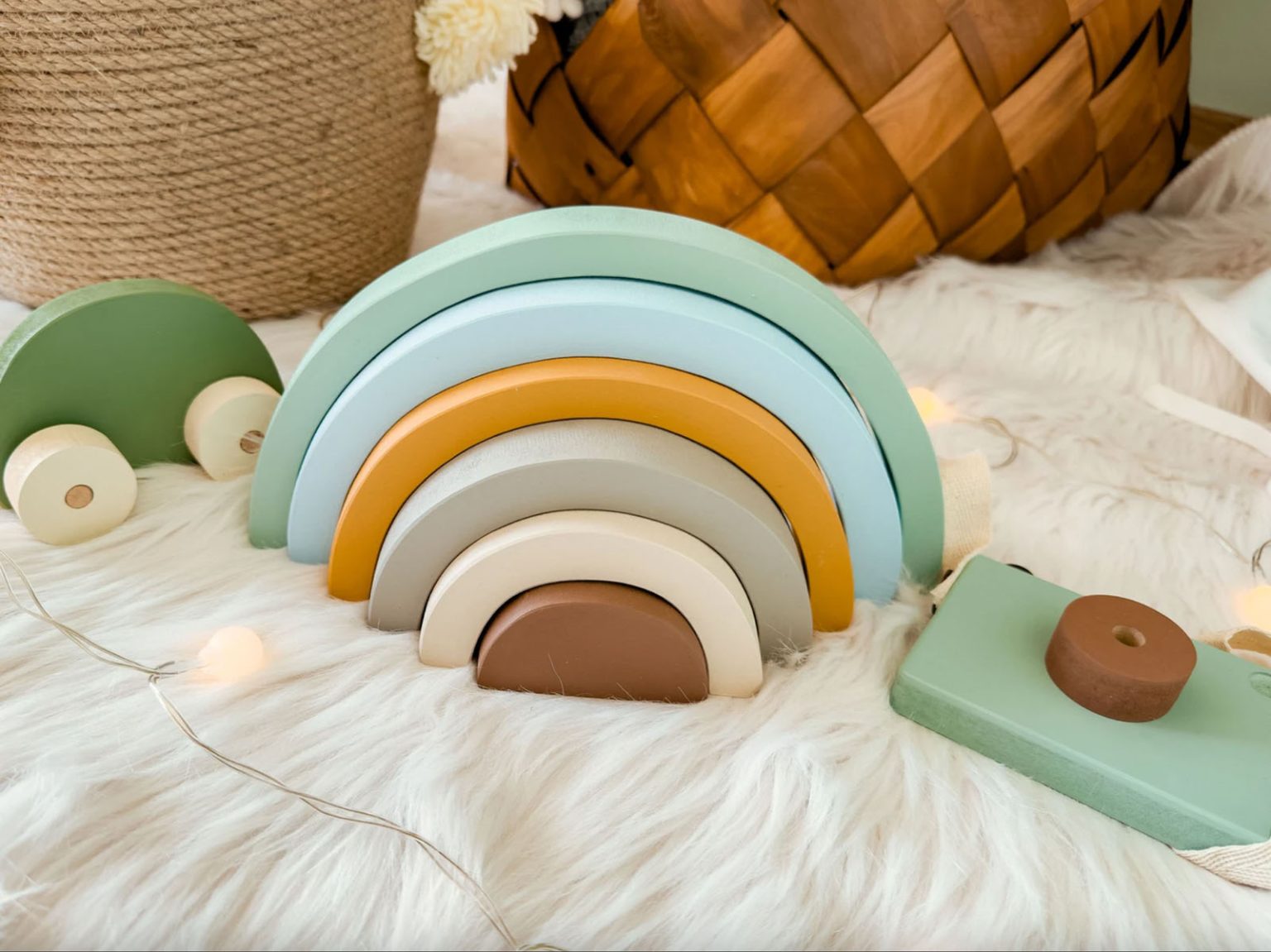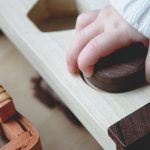Toys play a crucial role in a child’s growth and development. With numerous options available, it can be challenging for parents to choose the right toys for their children. Wooden and plastic toys are two popular options, but which one is better for a child’s development? This article will explore the advantages of wooden toys over plastic toys, covering various aspects such as durability, sustainability, safety, health concerns, cognitive development, and motor skill development.
Play is the work of the child; it is his occupation, his role in life. Children discover and make sense of their world through play. It plays a vital role in a child’s development and it enhances their social, emotional, and cognitive skills.
Maria Montessori
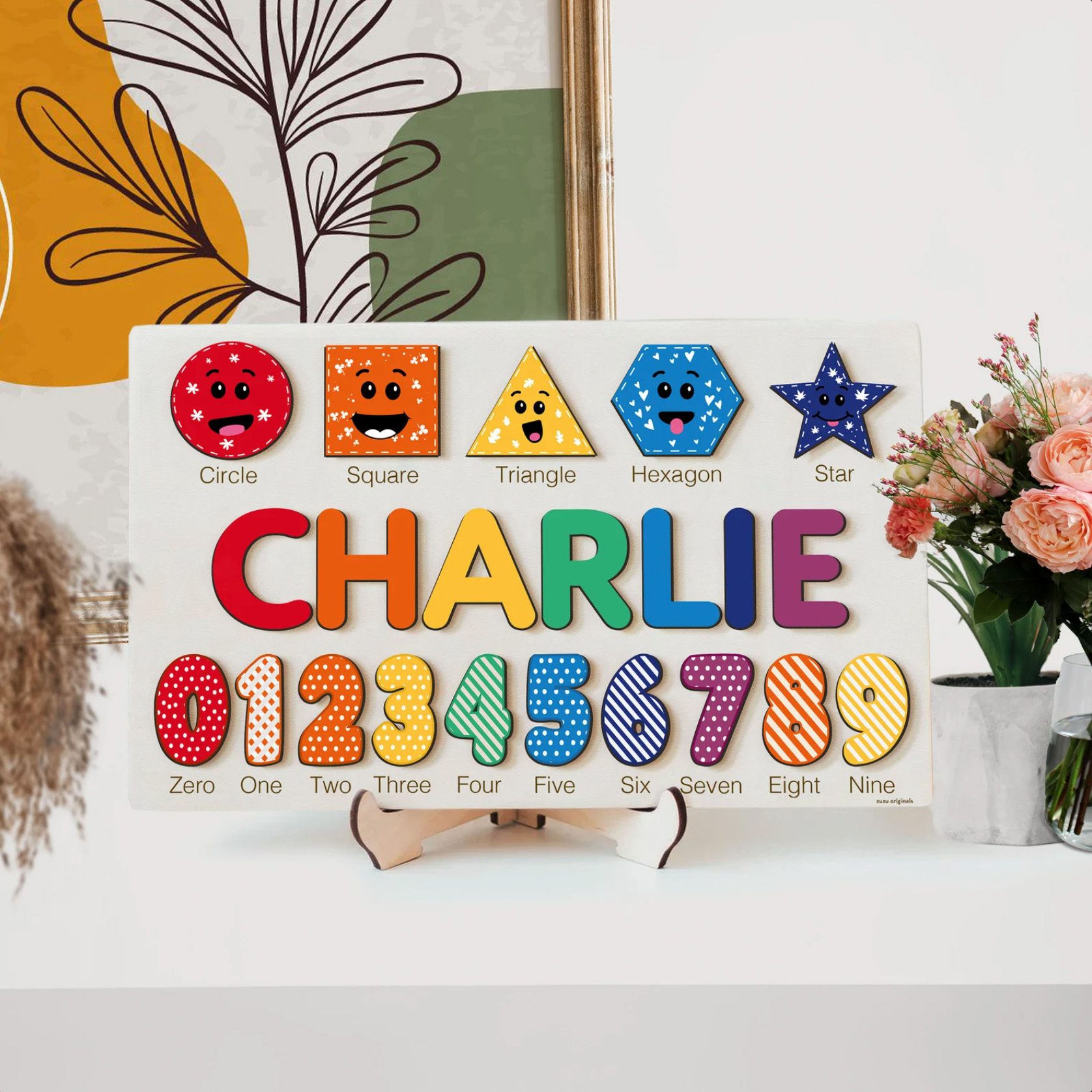
Durability and Sustainability
Longevity: Wooden toys are known for their durability. They can withstand years of play, making them a cost-effective and environmentally friendly choice. Unlike plastic toys, which can break easily, wooden toys are built to last, often becoming heirlooms passed down through generations. This long-lasting nature contributes to their cost-effectiveness, as parents don’t need to replace broken or worn-out toys as frequently.
Eco-Friendly: Wooden toys are made from renewable resources, making them a more sustainable option than plastic toys, which are derived from non-renewable petroleum products. The production of wooden toys also has a lower carbon footprint, as it requires less energy and produces fewer greenhouse gases compared to plastic toy manufacturing. Furthermore, wooden toys are biodegradable, meaning they won’t contribute to the growing problem of plastic waste in landfills and oceans.
Safety and Health Concerns
Non-Toxic: Wooden toys are generally made from natural materials and are free of harmful chemicals often found in plastic toys. Many plastic toys contain chemicals such as BPA, phthalates, and lead, which can be harmful to a child’s health. In contrast, wooden toys are typically made from untreated or non-toxic treated wood, ensuring that they are safe for children to play with.
Fewer Choking Hazards: Wooden toys, especially those designed for young children, are often larger and have fewer small parts, reducing the risk of choking hazards. While all toys come with some level of risk, wooden toys are generally considered safer due to their size and lack of small, easily detachable parts.
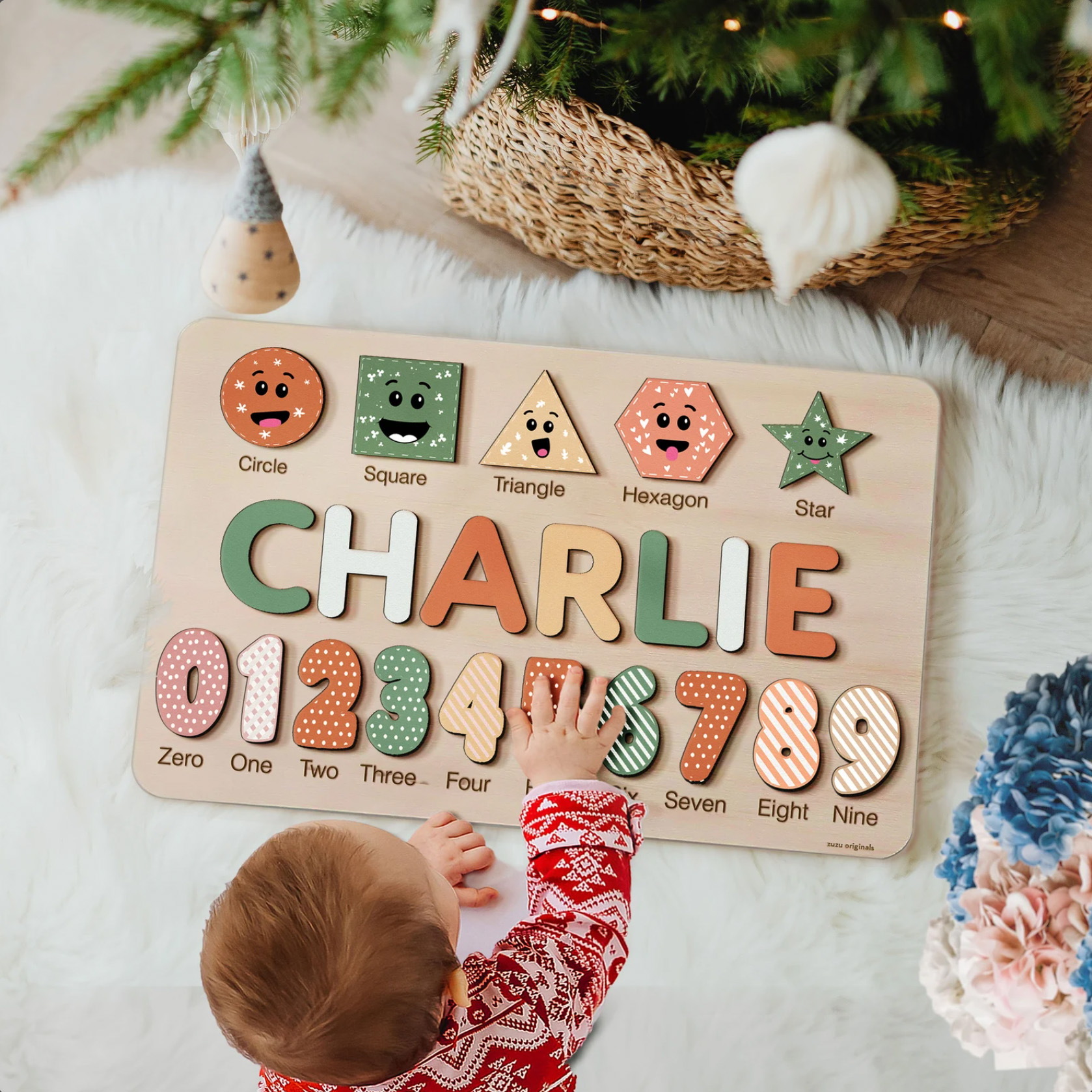
Cognitive Development
Sensory Stimulation: Wooden toys provide a unique sensory experience for children due to their texture, weight, and natural variations in color and grain. This sensory stimulation is essential for a child’s cognitive development, as it helps them explore and understand the world around them. The tactile experience of wooden toys also encourages children to engage in hands-on, active play, which is crucial for developing fine motor skills, hand-eye coordination, and spatial awareness.
Creativity and Imagination: Wooden toys often have simple designs that encourage children to use their creativity and imagination during play. While many plastic toys are designed to perform specific functions or replicate popular characters, wooden toys leave more room for open-ended play. This type of play allows children to develop their creativity and problem-solving skills, as they are not limited by the toy’s design or function.
Educational Value: Wooden toys often have a strong educational component, helping children develop essential skills such as counting, sorting, and pattern recognition. Examples of such toys include wooden blocks, puzzles, and abacuses. These toys not only provide entertainment but also contribute to a child’s cognitive development and overall learning experience.
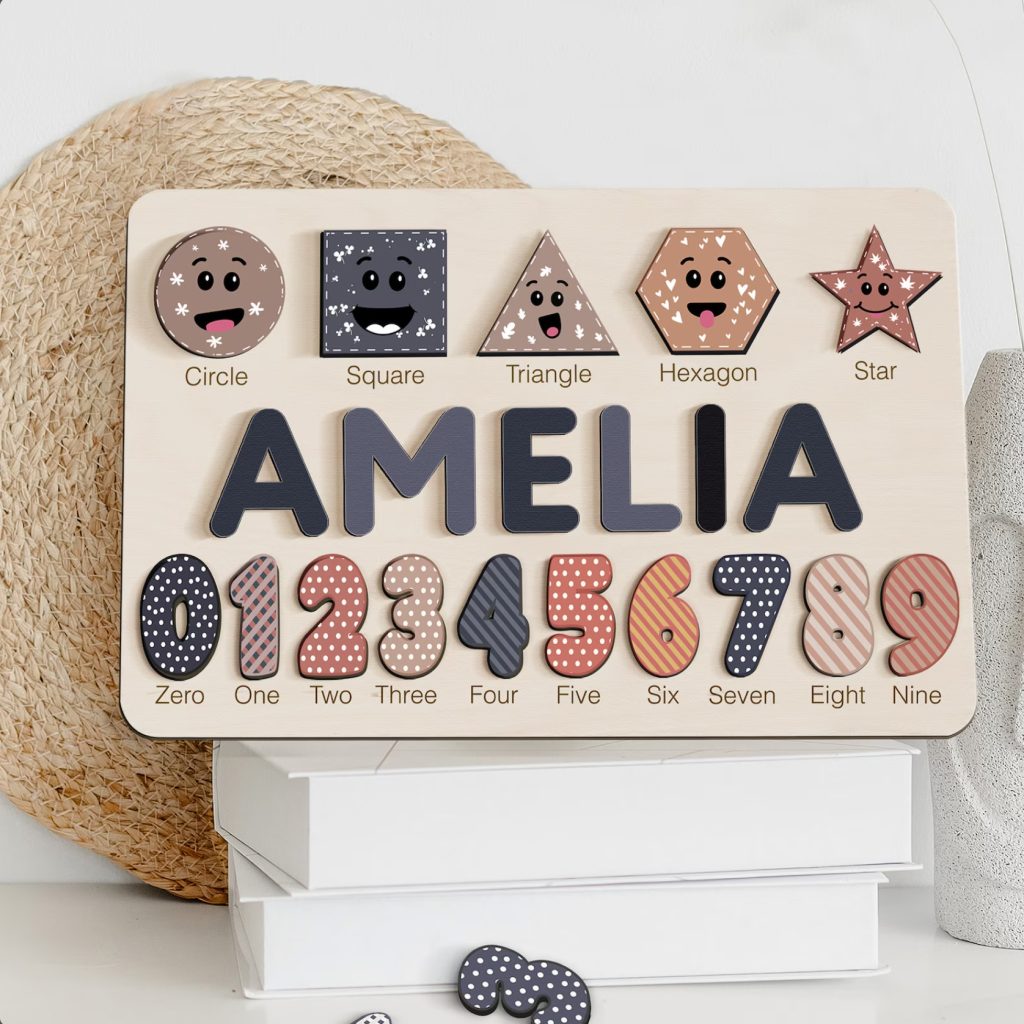
Motor Skill Development
Fine Motor Skills: Wooden toys, such as puzzles, lacing beads, and building blocks, encourage the development of fine motor skills. These skills are essential for tasks such as writing, tying shoelaces, and using utensils. Fine motor skills are crucial for a child’s independence and success in school and daily life.
Gross Motor Skills: Larger wooden toys, such as ride-on toys, play structures, and rocking horses, promote the development of gross motor skills. These skills involve the use of large muscle groups and are necessary for activities such as walking, running, and climbing. Encouraging gross motor skill development in children helps to build their strength, balance, and coordination.
Social and Emotional Development
Cooperative Play: Many wooden toys, such as building blocks, train sets, and board games, encourage cooperative play. This type of play helps children develop essential social skills, such as sharing, taking turns, and communicating with others. Cooperative play also promotes emotional development, as children learn to express their feelings and navigate conflicts.
Self-Expression and Confidence: As wooden toys foster creativity and open-ended play, they also allow children to express themselves freely. This self-expression helps to build a child’s confidence and self-esteem. By engaging with wooden toys that encourage exploration and creativity, children can develop a sense of mastery and accomplishment, further boosting their confidence.
Conclusion
Wooden toys offer numerous advantages over plastic toys, including durability, sustainability, safety, and support for cognitive, motor, social, and emotional skill development. By choosing wooden toys, parents can provide their children with a safer and more engaging play experience that contributes to their overall development. As children interact with wooden toys, they not only develop essential life skills but also create lasting memories that will stay with them throughout their lives.

